Mumbai, once known as Bombay is the city of contrasts. It is home to the billionaires of India and also to some of the poorest who live on the streets. Here you will find people working for hours to make their ends meet. In addition, you’ll find people just sitting idle watching the crowd pass by. Mumbai provides a view of the modern India but still retains its history. In this three-part series, we explore the history of Mumbai. Before I proceed, I would like to thank the museum officials for their quick email note. In addition, for allowing me to take pictures and for providing me guided tour and sharing information. All images are courtesy of Dr Bhau Daji Lad Museum and clicked without using any camera flash.
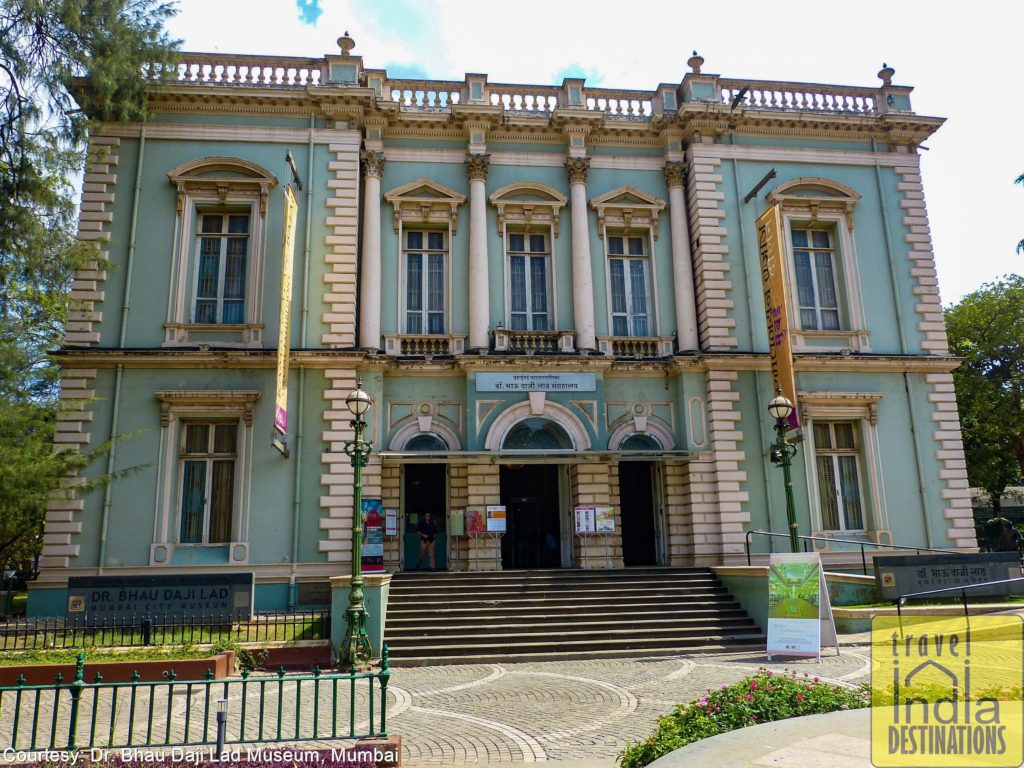
Dr Bhau Daji Lad Museum
Located right in the heart of the city is Dr Bhau Daji Lad Museum, earlier known as the Victoria & Albert Museum. The museum is right next to the Jijamata Udyaan. Earlier known as Rani Baug (Queen’s Garden) or Victoria Garden. It is likely that you might have missed this building standing here for over a century.
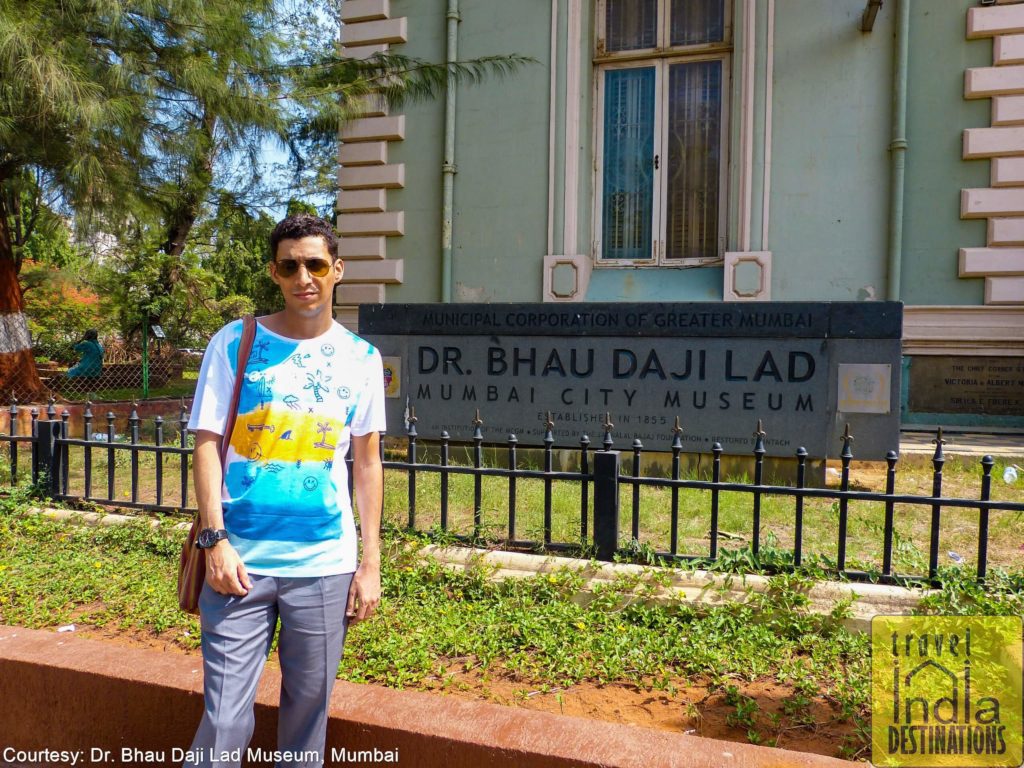
Ready for the museum tour
A Little Back in Time
The concept of this museum was born in London somewhere around 1850. Bombay then was growing rapidly and was the richest trading town in India. A city museum was vital to celebrate and honour the country’s rich cultural traditions. A museum which would reflect the diversity of culture and traditions in Bombay.
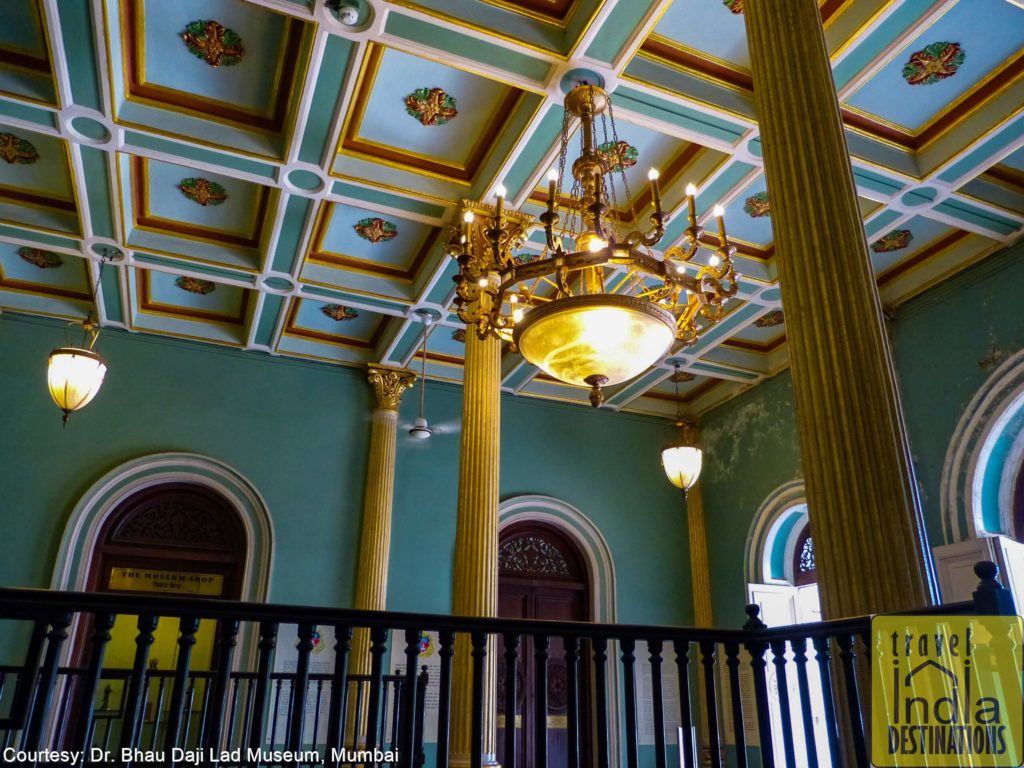
The grand classic chandelier greets you when you step in
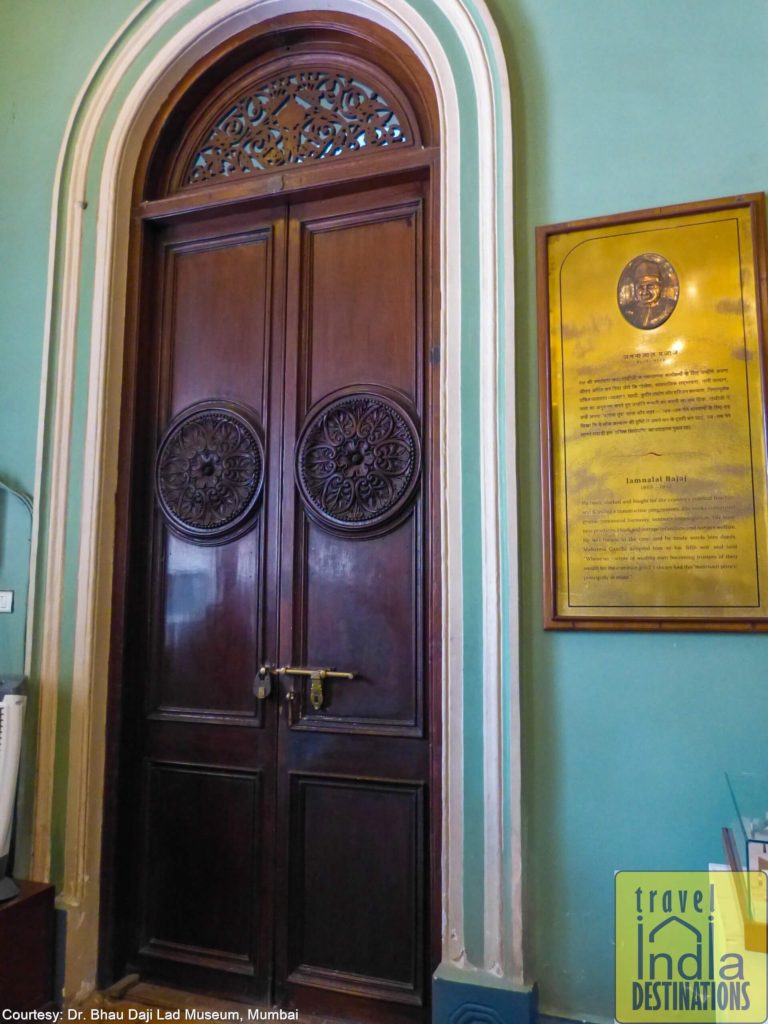
The museum’s office door on the left looks equally exquisite
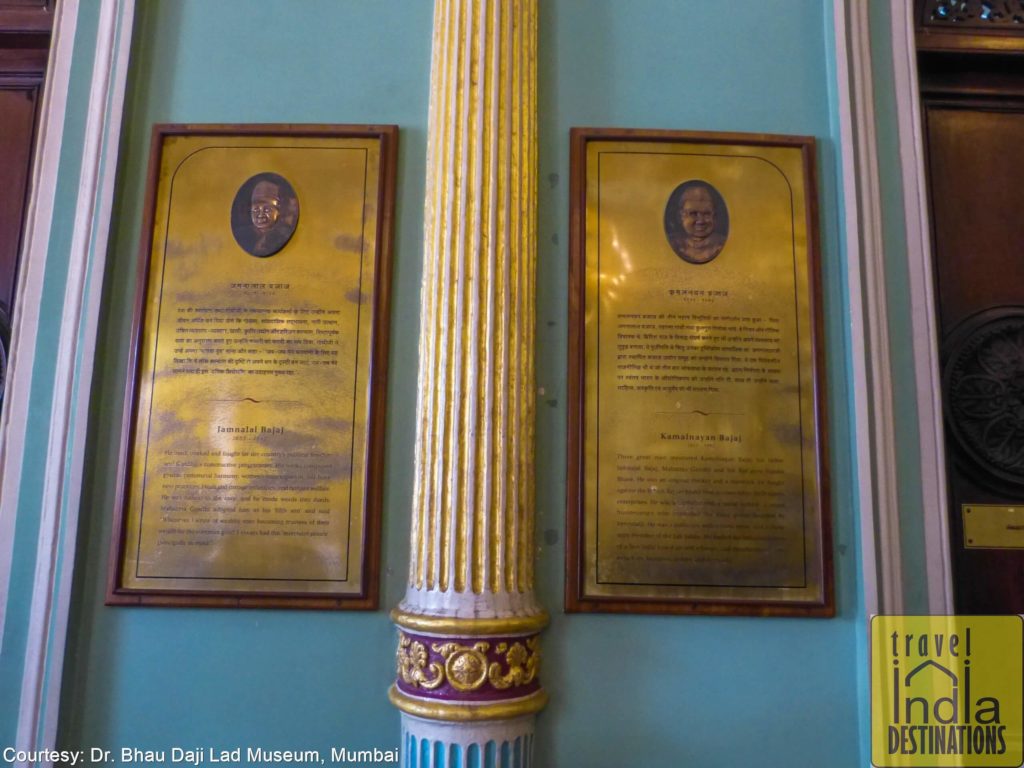
Right next is a brief information on Jamnalal & Kamalnayan Bajaj. The museum restoration work was financially supported by the Jamnalal Bajaj Foundation.
The Dr Bhau Daji Lad Museum opened in 1857 and it is the oldest museum in Bombay. It is the third oldest museum in India after Indian Museum (1814) in Kolkata and Madras Museum (1851) in Chennai.
In 1851 the first ‘Great Exhibition of the Works of Industry of all Nations’ took place in London’s Crystal Palace. It was during the preparation time of this event that Prince Albert, the consort of Queen Victoria decided that it would be ideal to display the industrial arts and crafts of the British colonies to the world to boost Britain‘s trade.
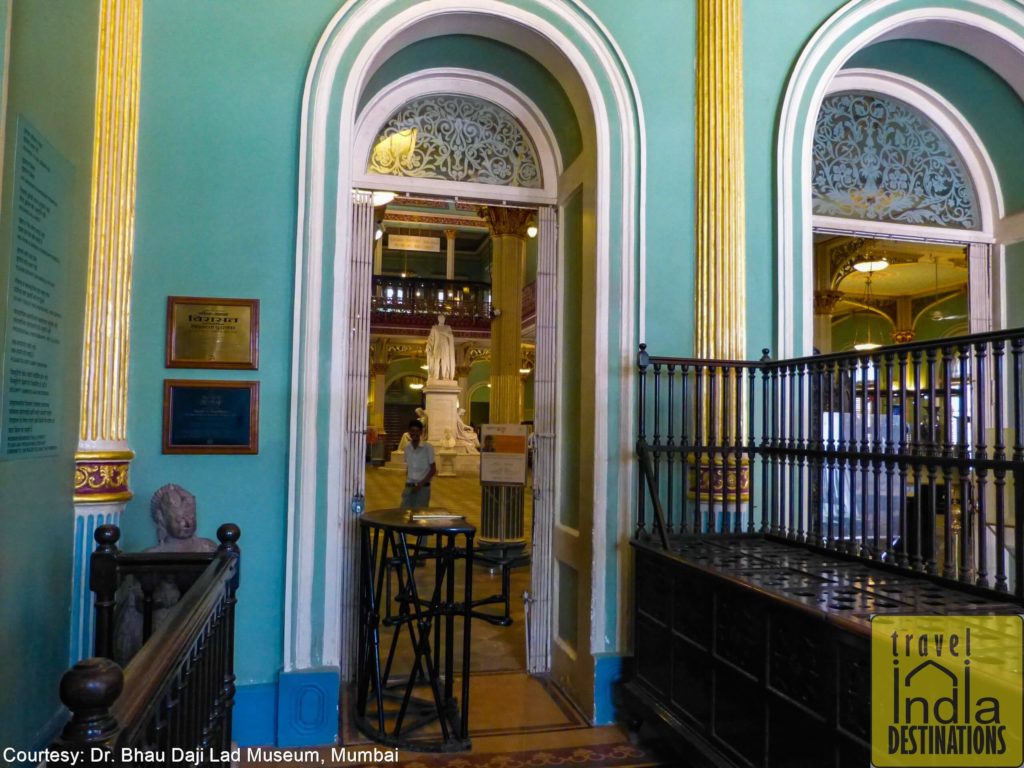
One-at-a-time door entrance. I like that.
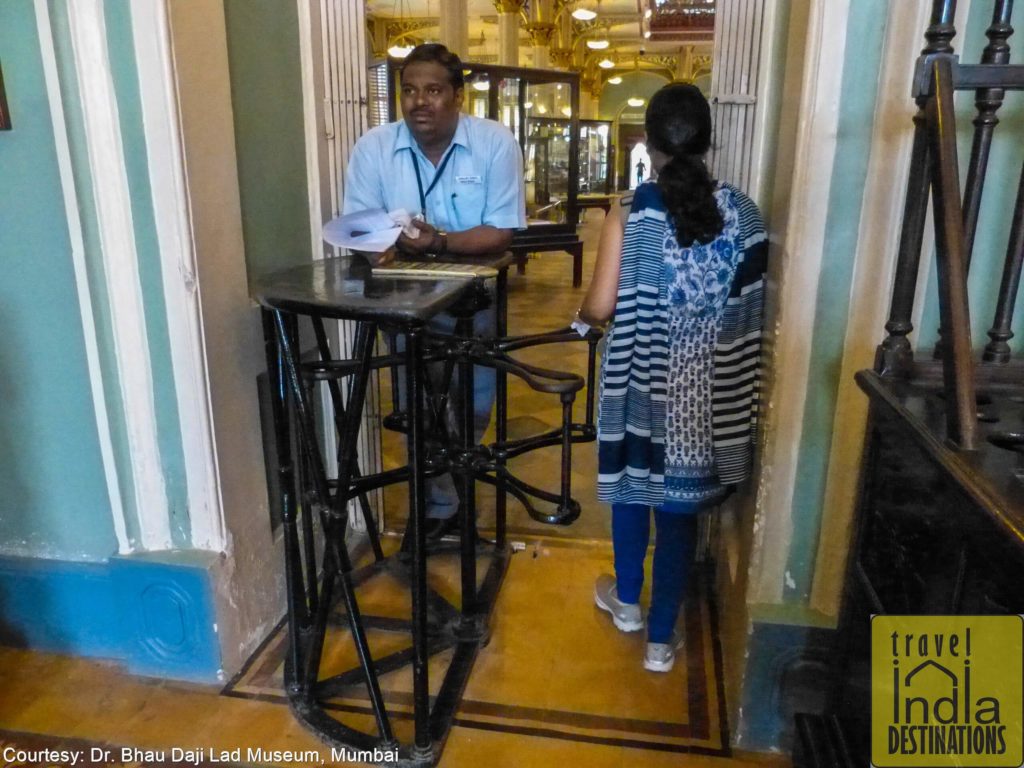
Sarah walks in first
In 1855, the “Central Museum of Natural History, Economy, Geology, Industry and Arts” museum came up in Town Barracks. Replica of the beautiful arts and crafts sent to the Great Exhibition from the Bombay Presidency became the highlights of the museum’s core collection.
In 1858, the Crown took over the governance of India from the East India Company. Many active citizens of Bombay were of the opinion that a public institution needs to be built in Bombay.
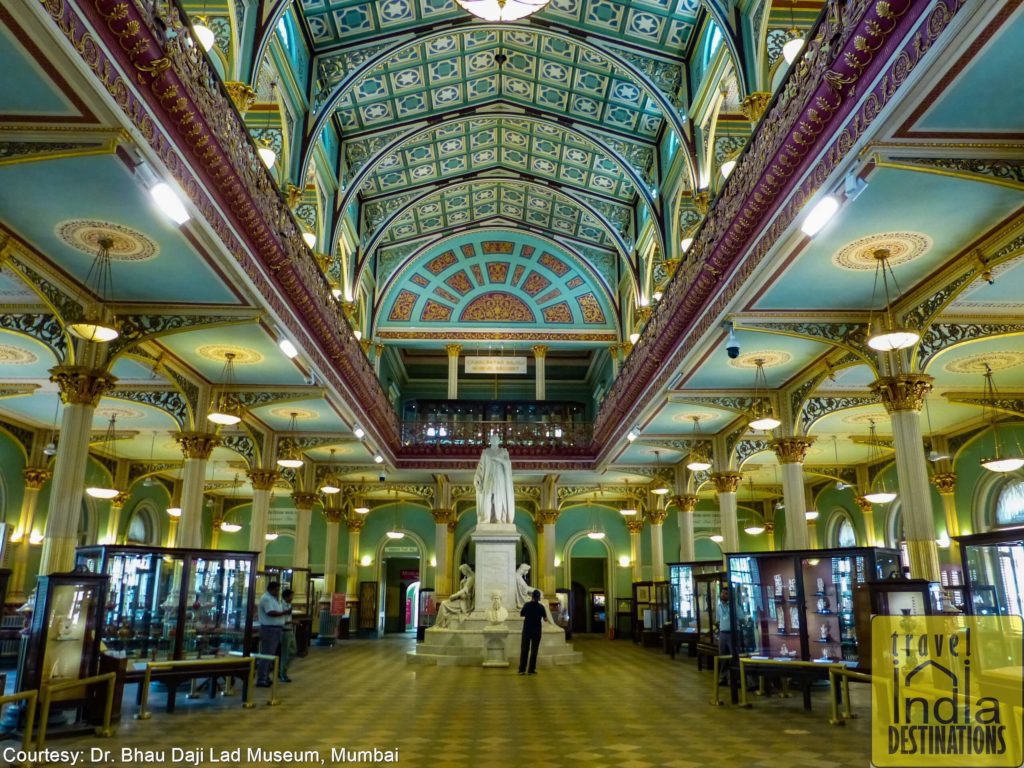
The spectacular long hall leaves you speechless
Affluent and honourable citizens of the city attended the public meeting at the Town Hall. People from different communities including Hindus, Muslims, Christians and Parsis were present here. Jagannath Shankar Sheth, one of the eminent merchants of Bombay chaired the meeting. The meeting focused on the collection of funds for the construction of the museum building.
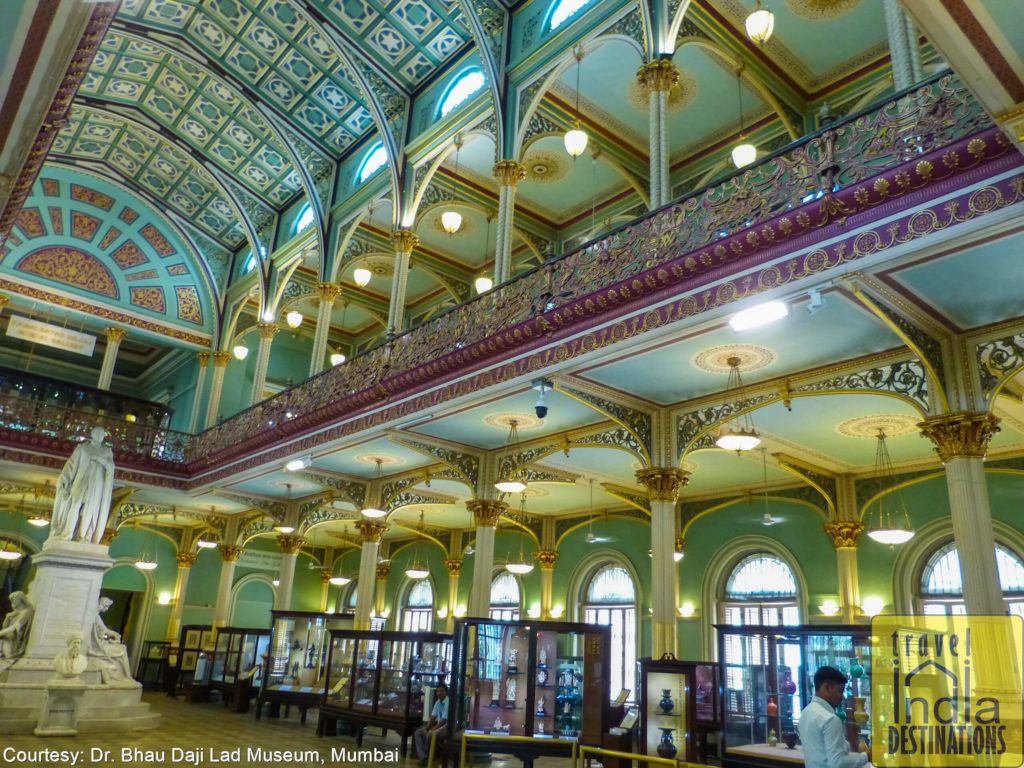
Do comment on what you think of the interiors.
Dr Bhau Daji Lad and Dr George Birdwood were the secretaries of the Museum Committee. They were in charge of raising funds to establish the building and also to enlarge the museum collection. Due to lack of funds, the museum building took ten years to construct. Dr Bhau Daji Lad was at the lead of urging citizens to donate generously to the museum.
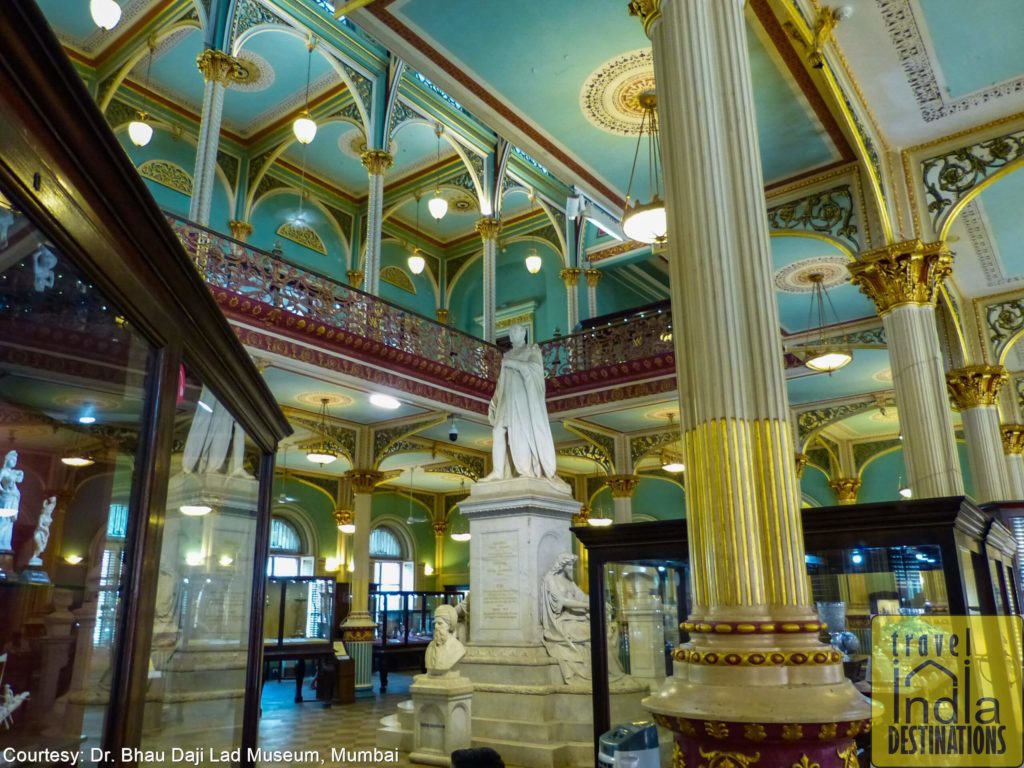
Another shot of the museum interiors
On the other hand, Dr George Birdwood designed the original layout of the building. The basic design of the museum would include a long hall and Doric pillars inside. The design also includes galleries on either side of the building and large windows for light and ventilation. Architects of Scott McClelland and Company approved the building design. They retained many of the Birdwood’s original designs.
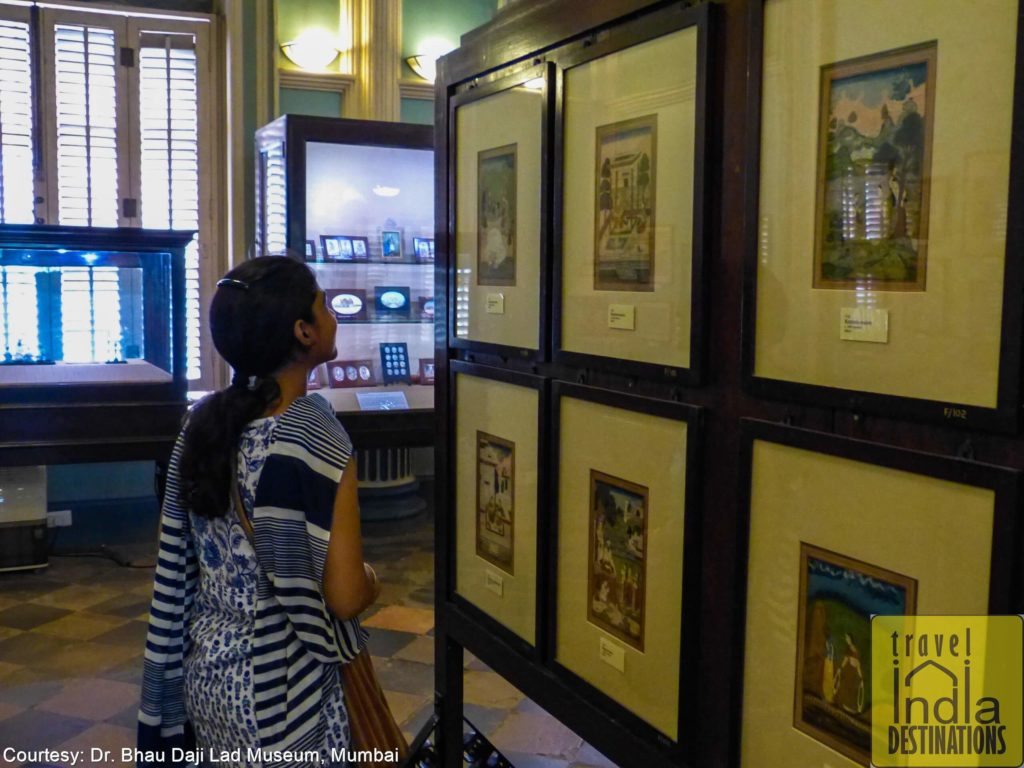
Sarah Exploring the Paintings
A lot of thought went into creating the design of the building. Bombay being the richest city in India, the design has to dazzle the citizens. On the other hand, the design must reflect and showcase the Empire’s might. Dr Birdwood chose the Grand Renaissance Revival style to design the building.
On November 19, 1862, Governor Bartle Frere laid the cornerstone of the Museum. The event attended by the elite citizens of the city. On May 2, 1872, the Victoria and Albert Museum, Bombay was opened to the public.
However, things didn’t go well with the museum after India’s Independence. The second part of the series will be about the historic revival of Dr Bhau Daji Lad Museum.
Enjoy the photographic tour of the museum below:
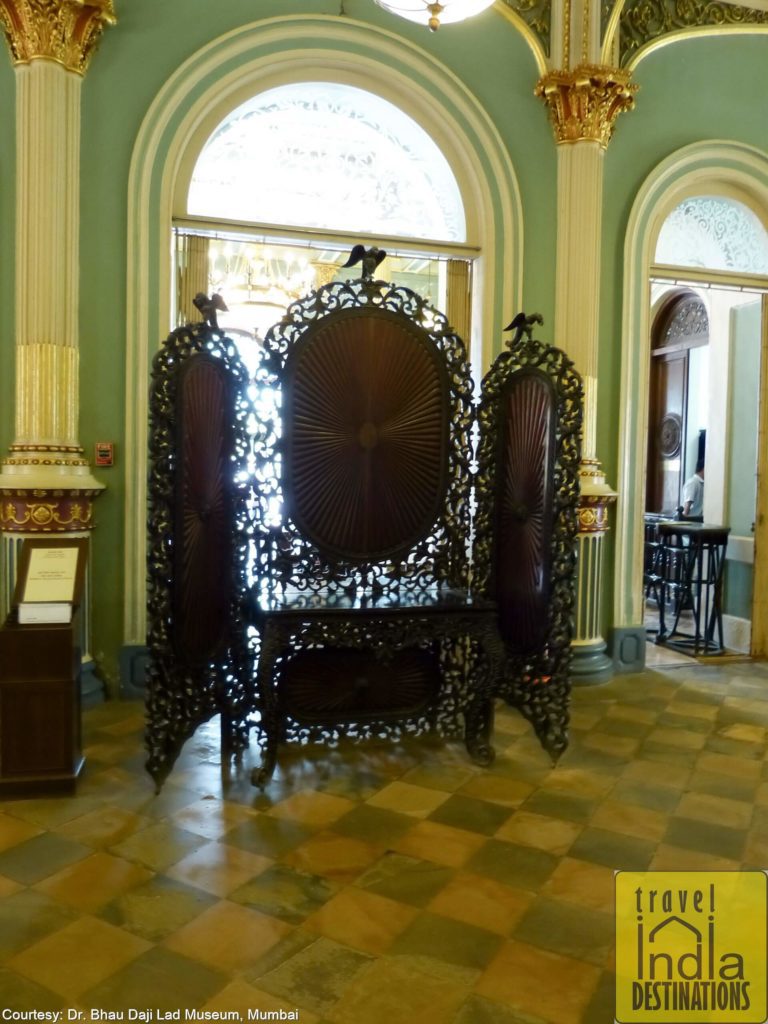
What’s behind me? A magnificent room divider right next to the entrance
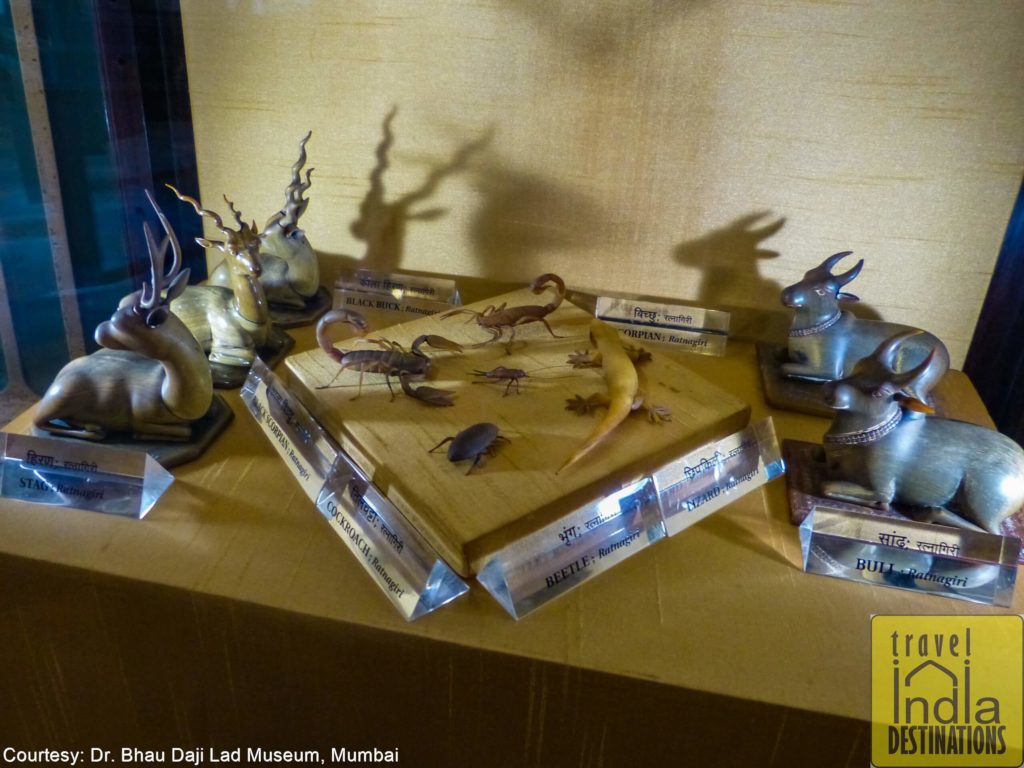
Wildlife pieces made from animal horn
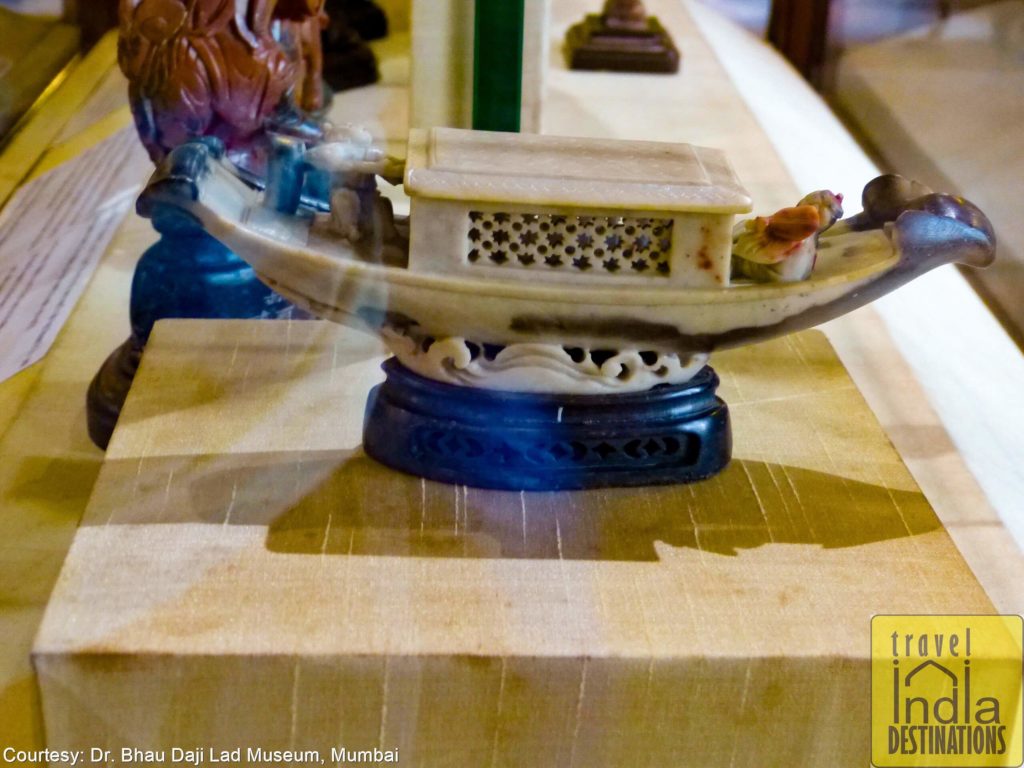
A Marble Chinese Boat
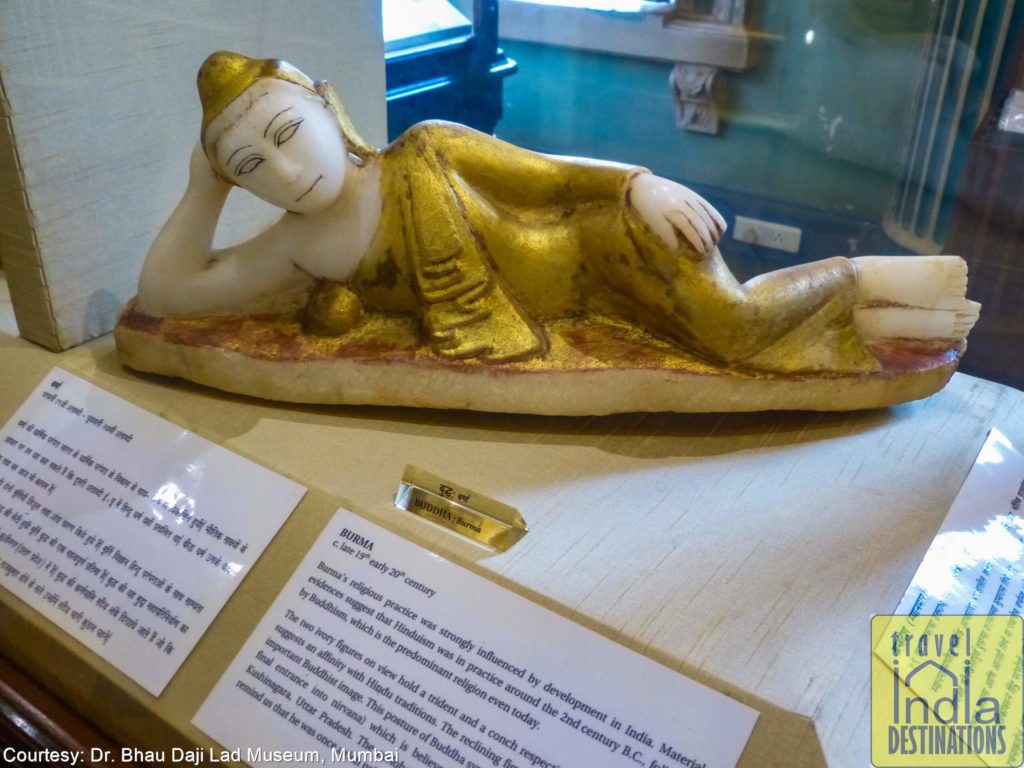
An Ivory Buddha Statue from Burma
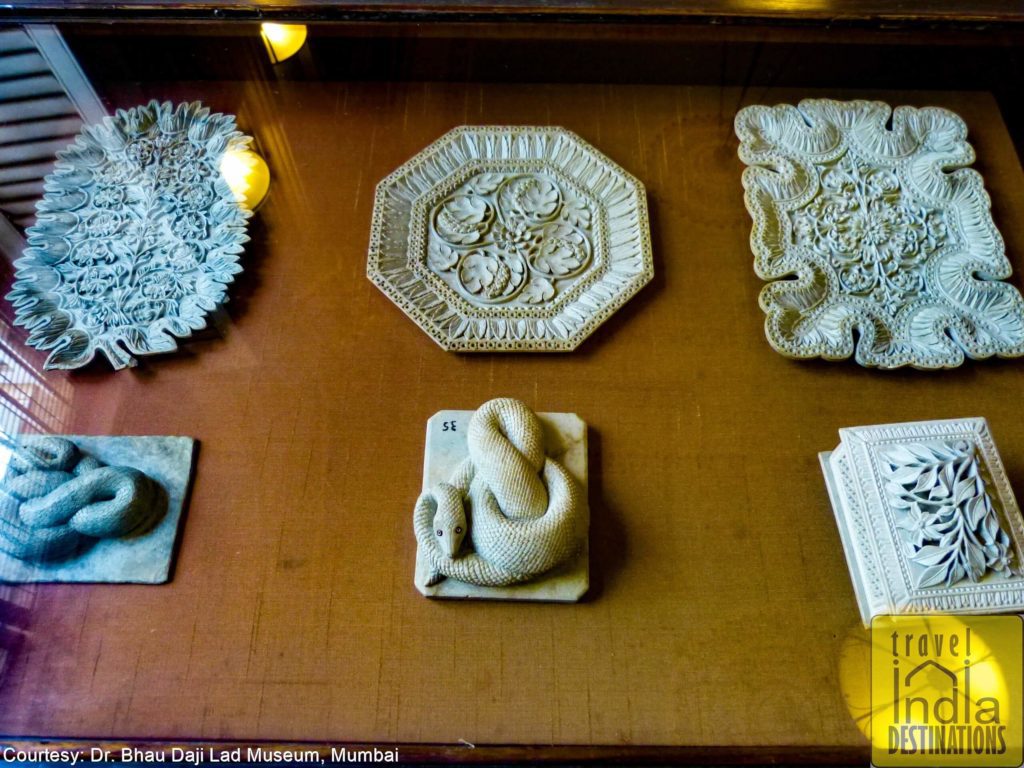
Exquisite Soap Dishes
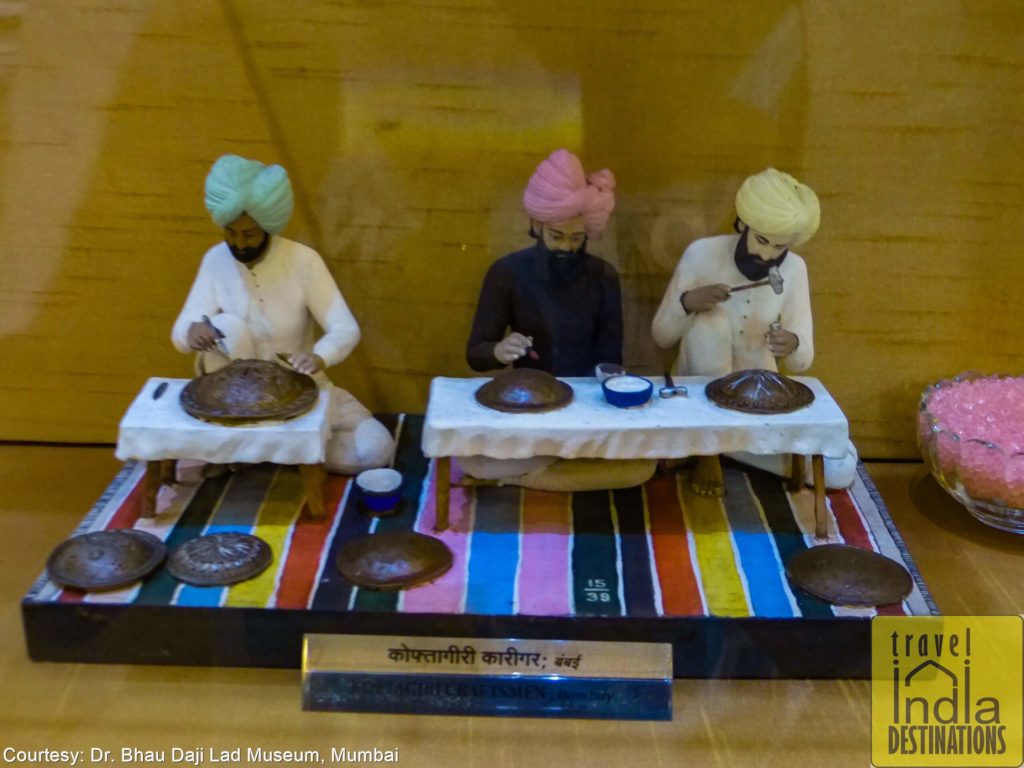
A replica of Koftagiri craftsmen working in Bombay
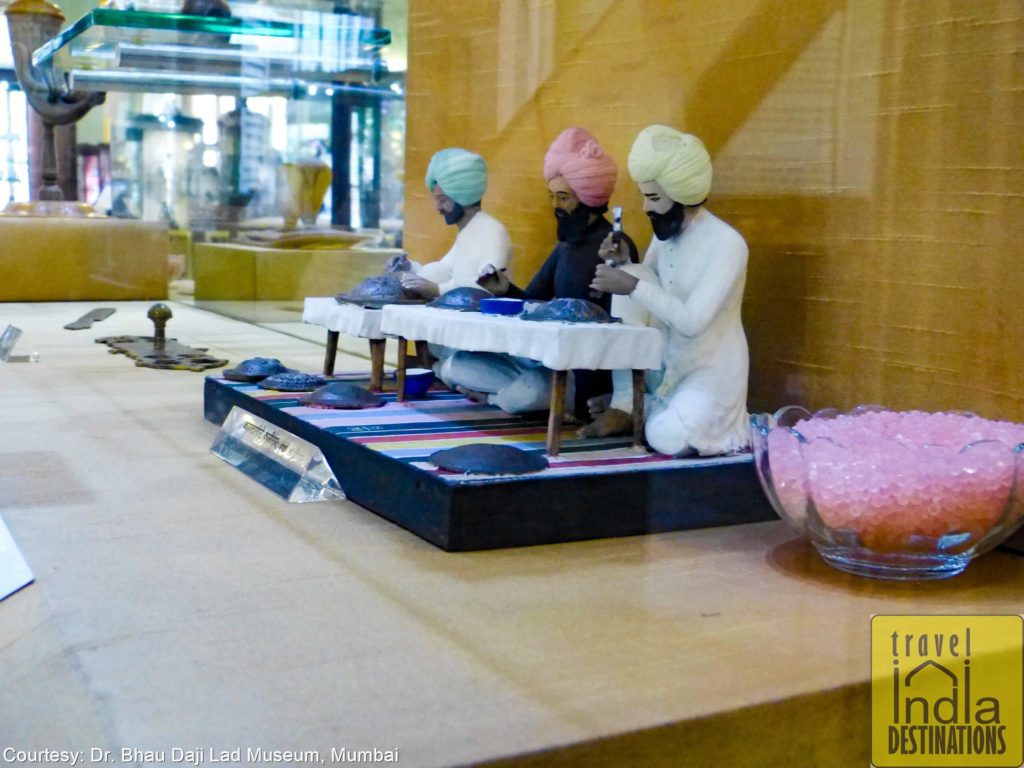
Koftagiri is an 18th century lacquered art of Rajasthan
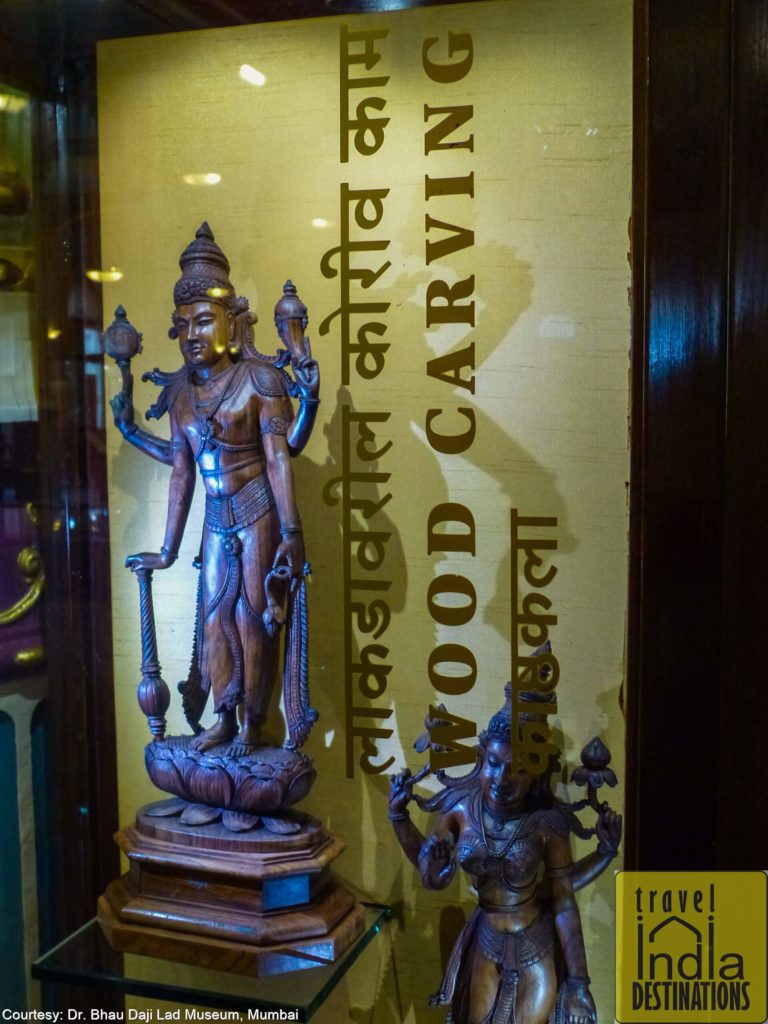
Wood Carving Collection
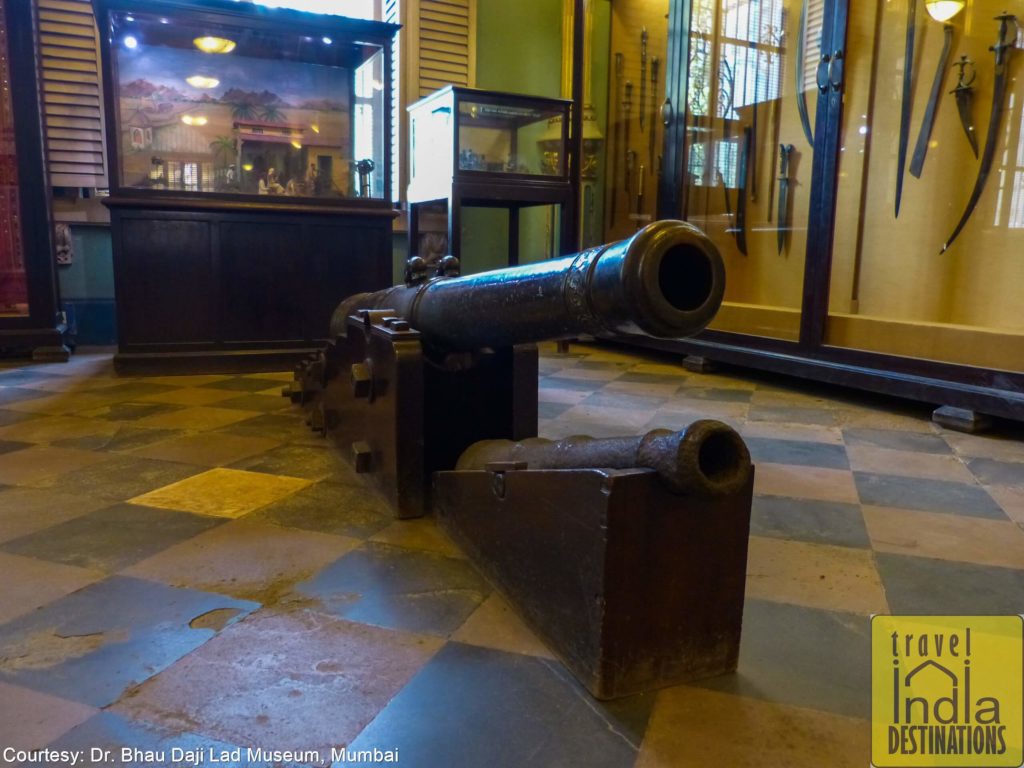
This canon sits in the armoury section of the museum
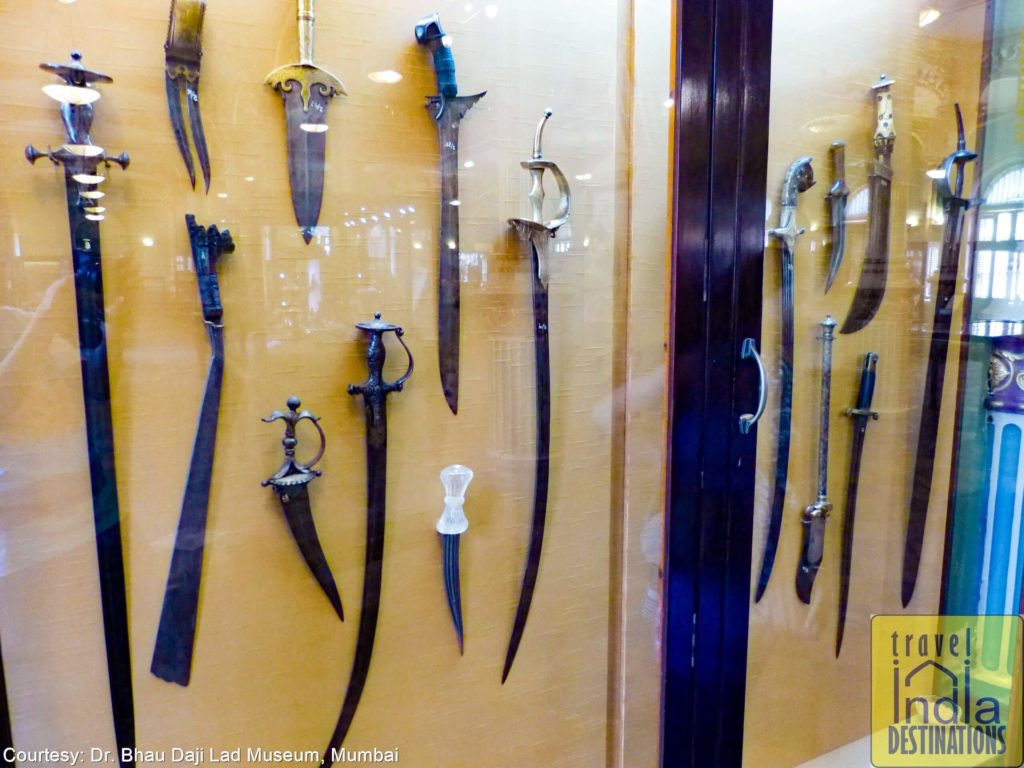
Few historic daggers and swords at display
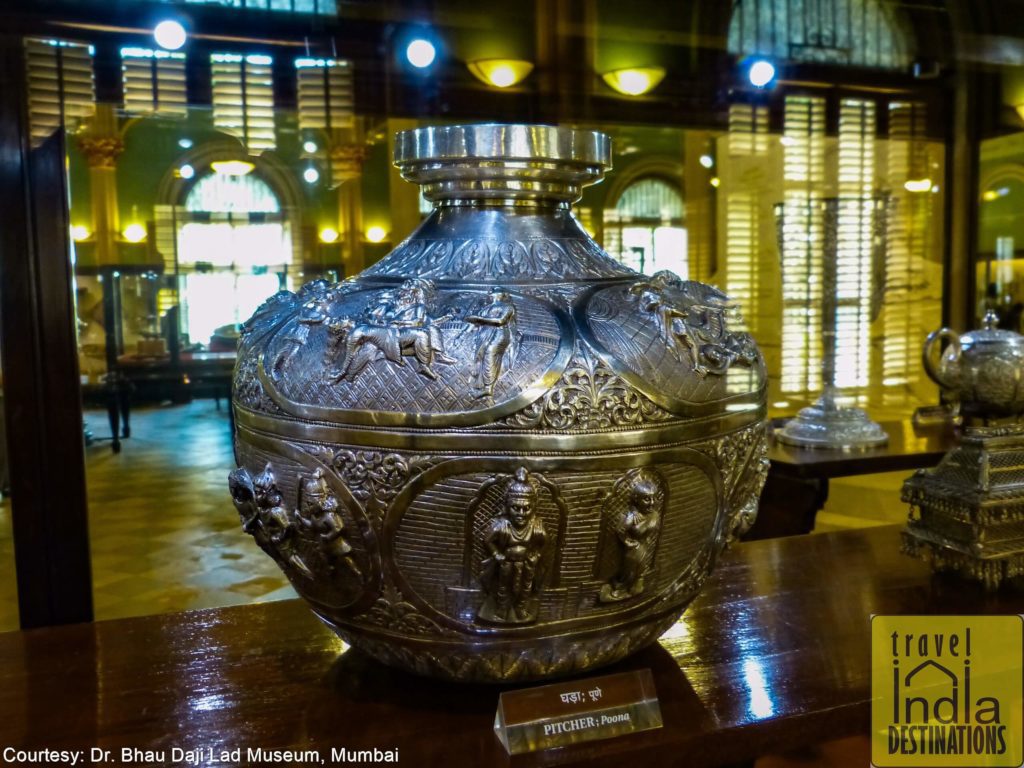
Look at the work done on this pitcher. Stunning.
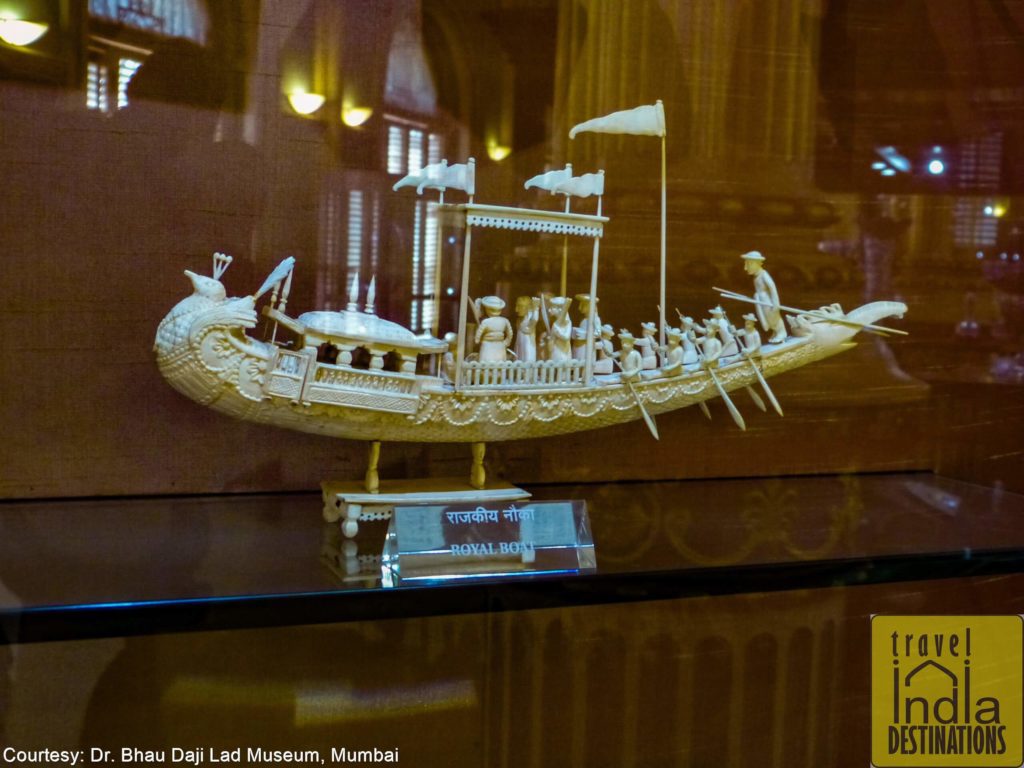
A Stunning Ivory Royal Boat
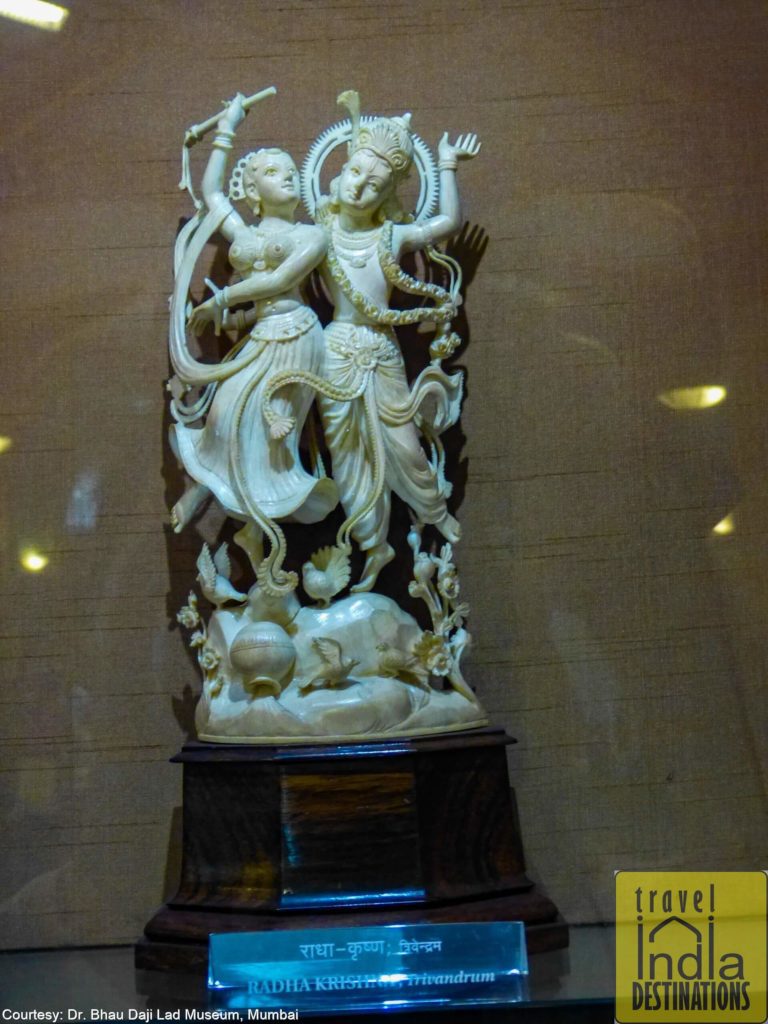
A Radha Krishna Ivory Statue
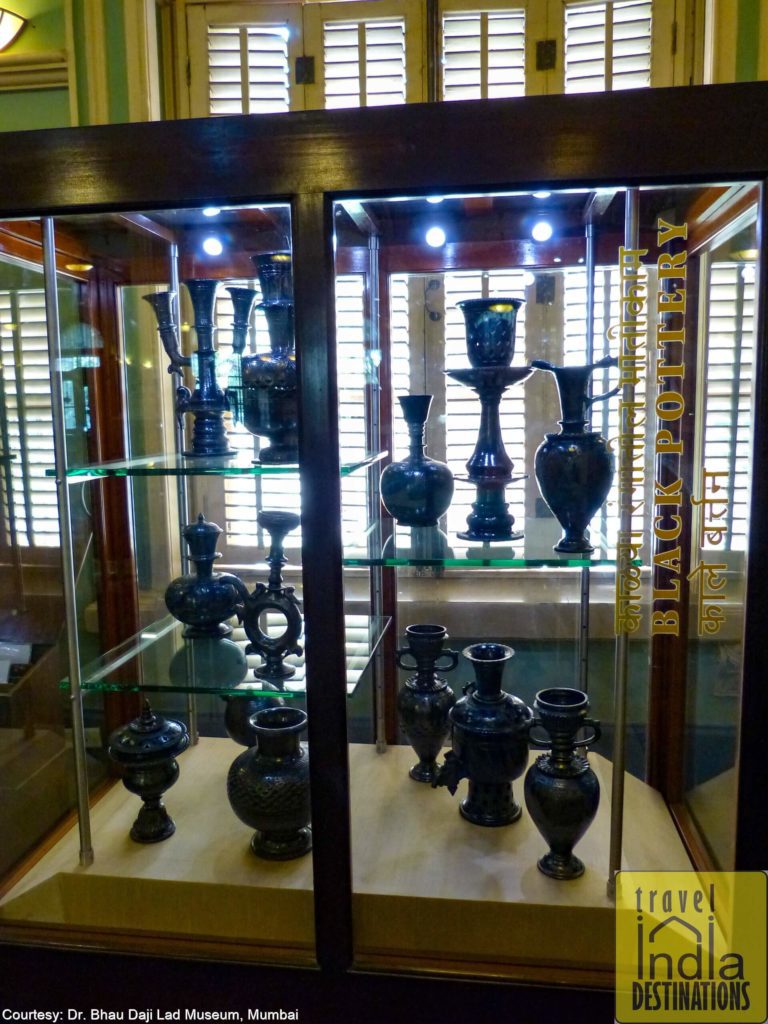
Black Pottery Collection
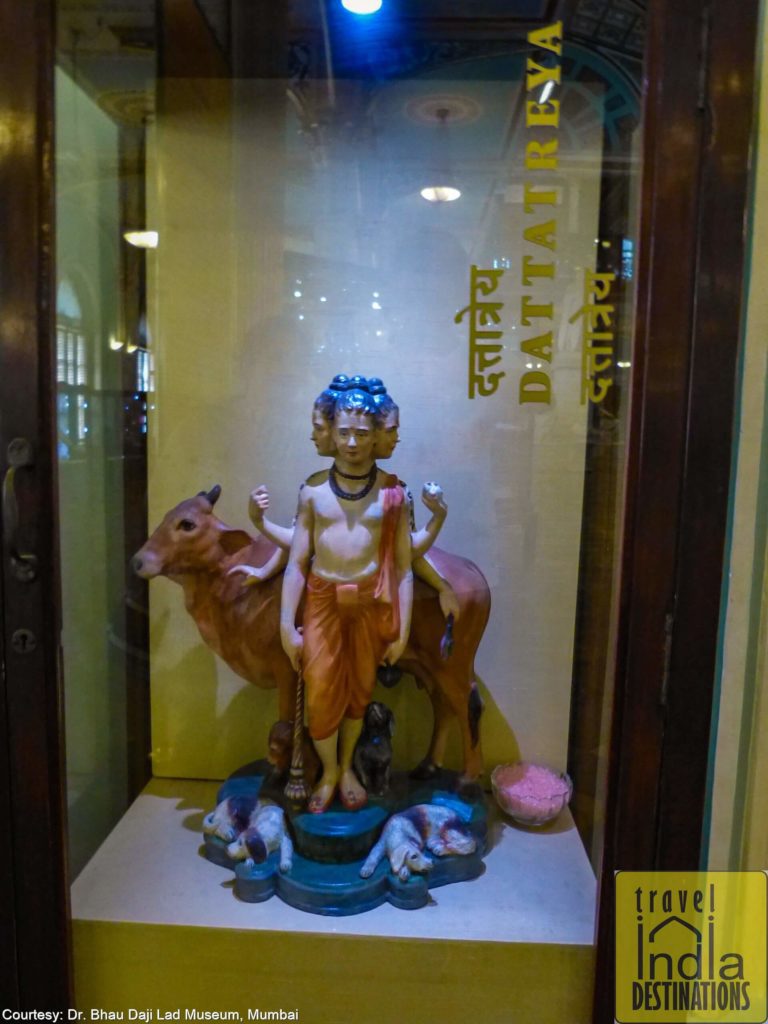
Lord Dattatreya, an incarnation of the three Hindu gods, Brahma, Vishnu and Shiva
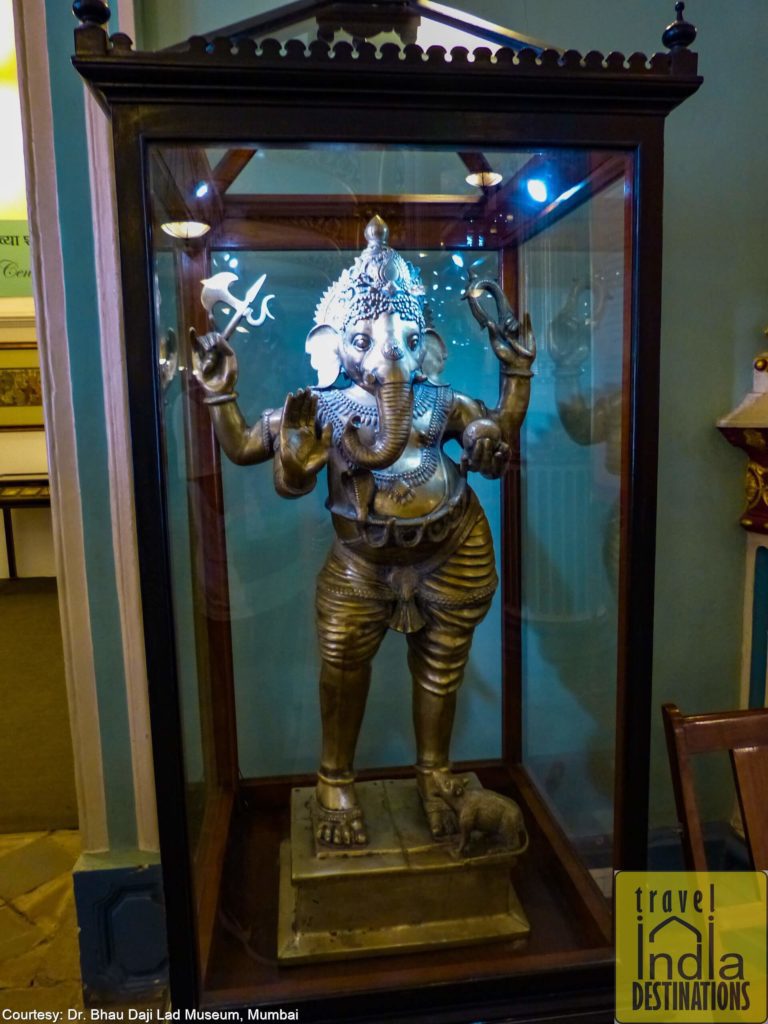
A metallic Ganesha idol
The Iconic Taj Mahal Replica
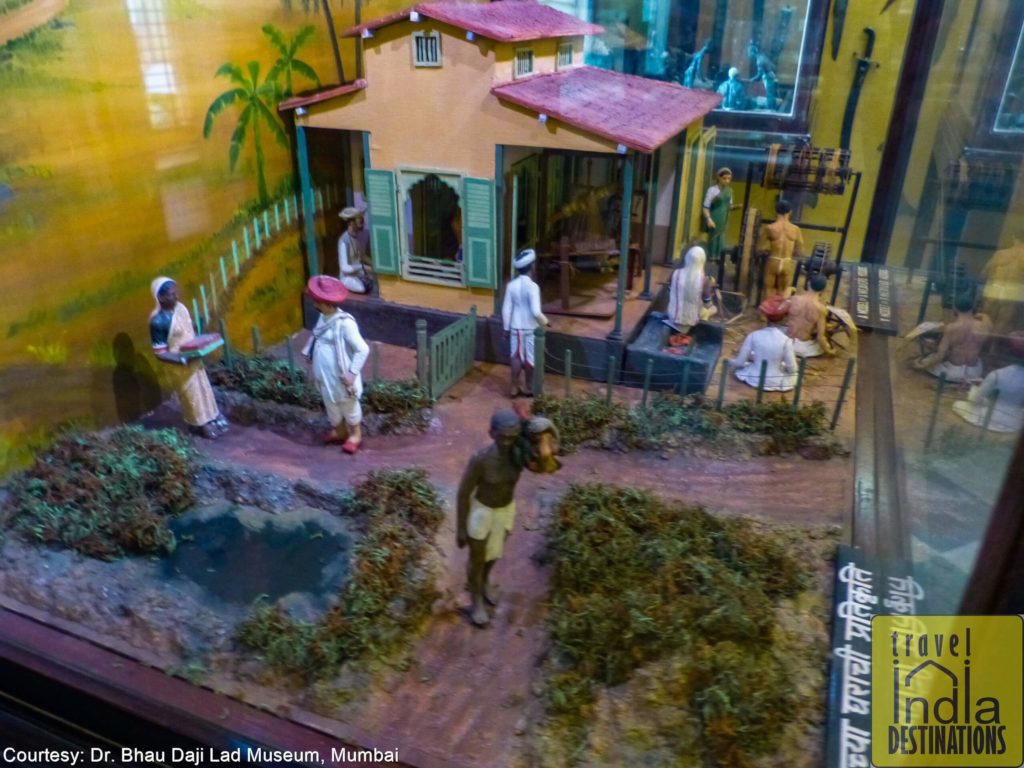
A Typical Bombay House Replica
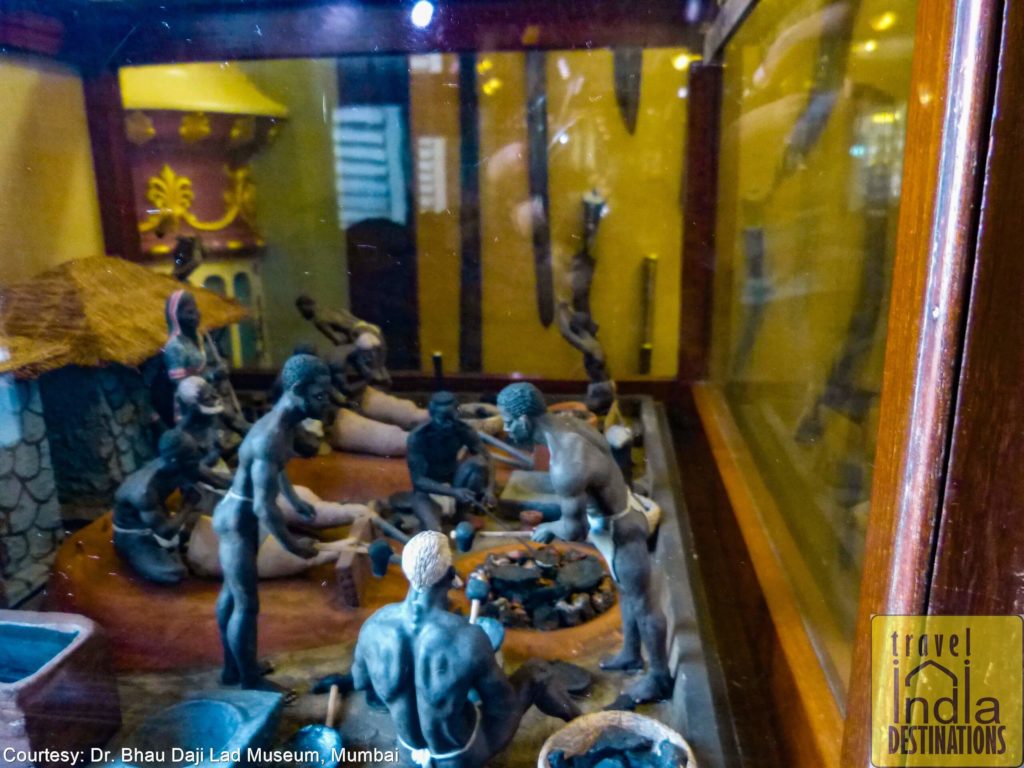
Blacksmiths at Work in Bombay
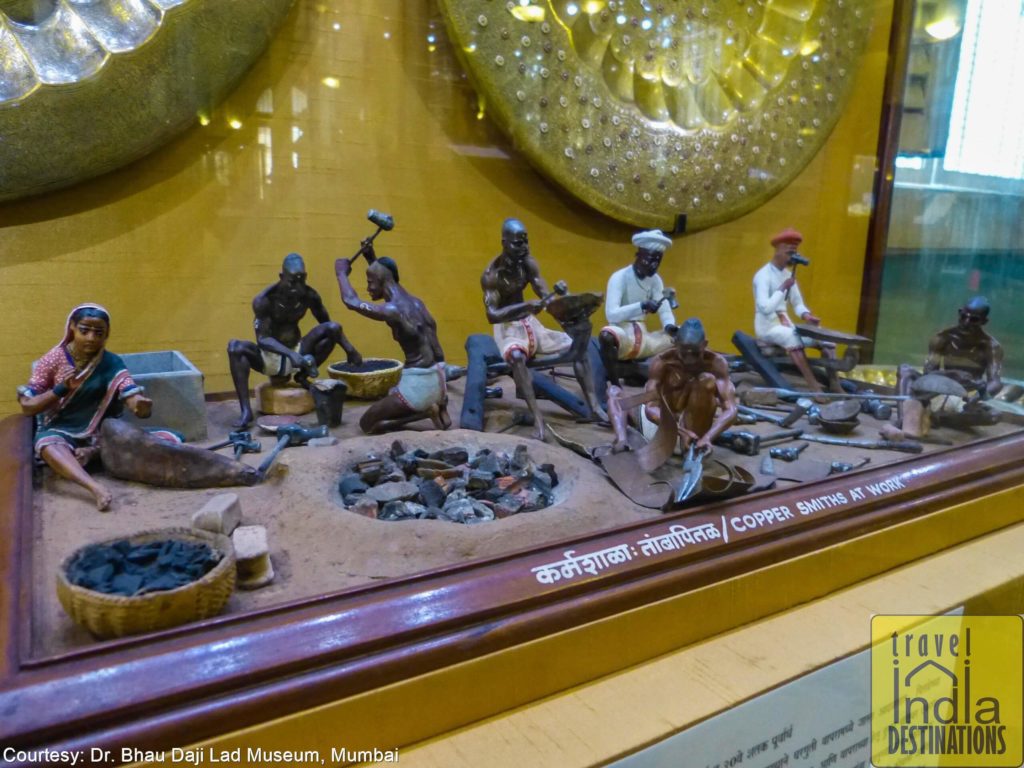
Copper Smiths at Work Replica
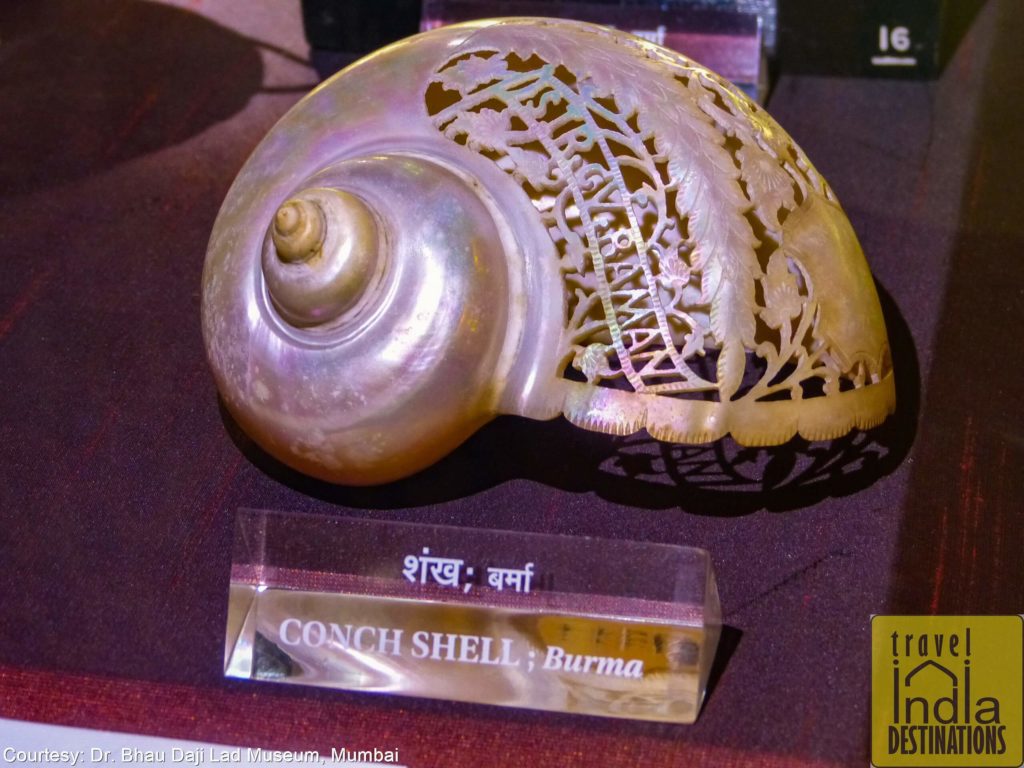
Conch Shell made of Mother of Pearl
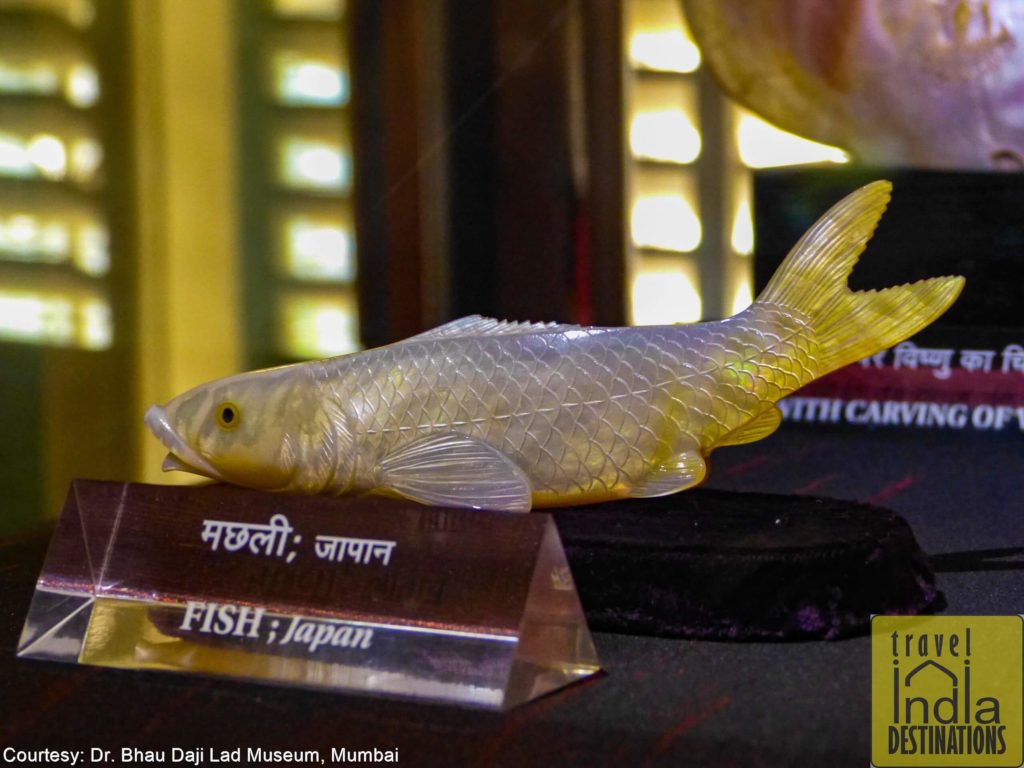
Fish made from the Mother of Pearl
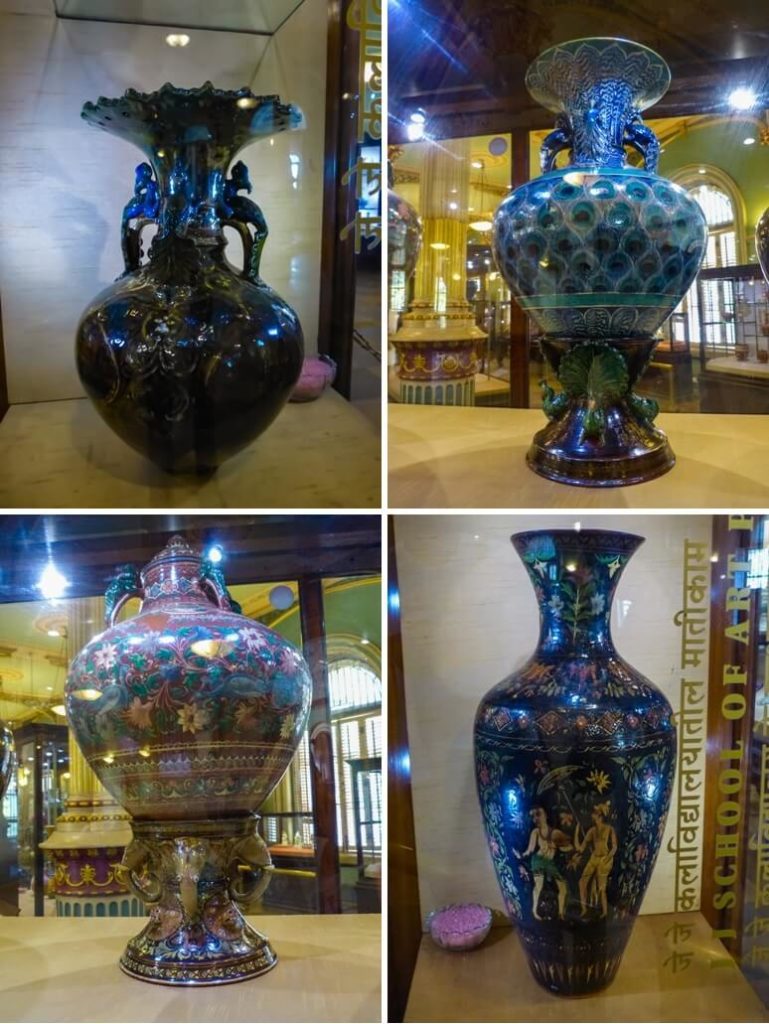
Pottery Collection at Bhau Daji Lad Museum
The grand structure standing in the middle of the long hall certainly deserves some attention so here are some shots of it.
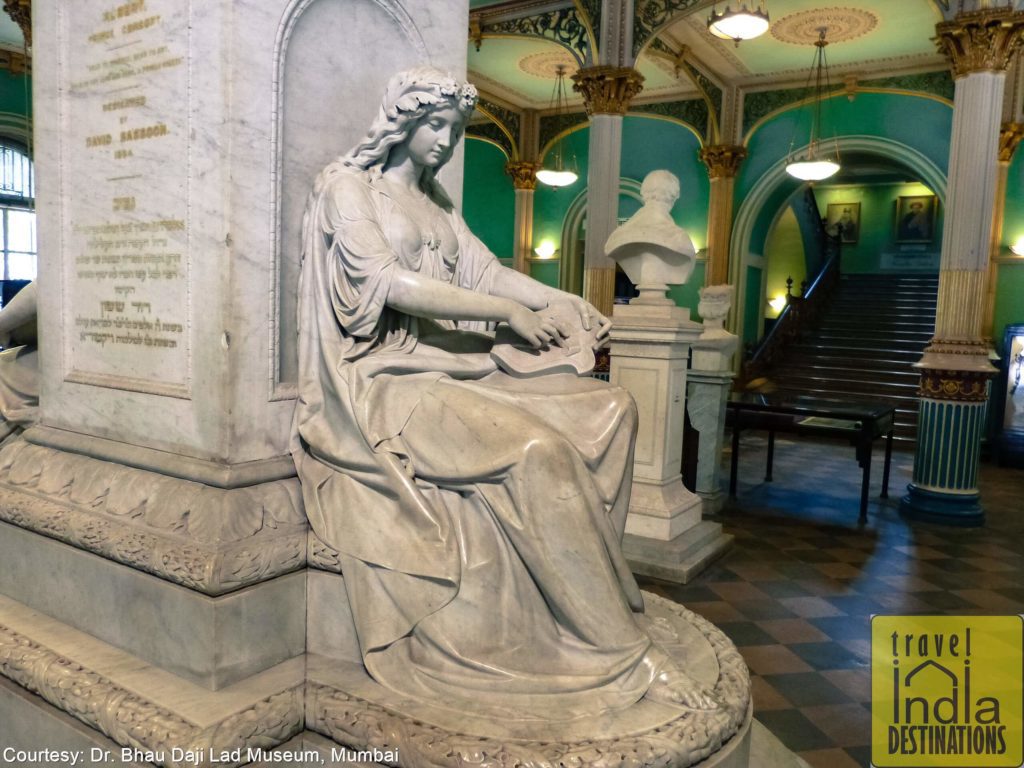
Dedicated for the love of Art
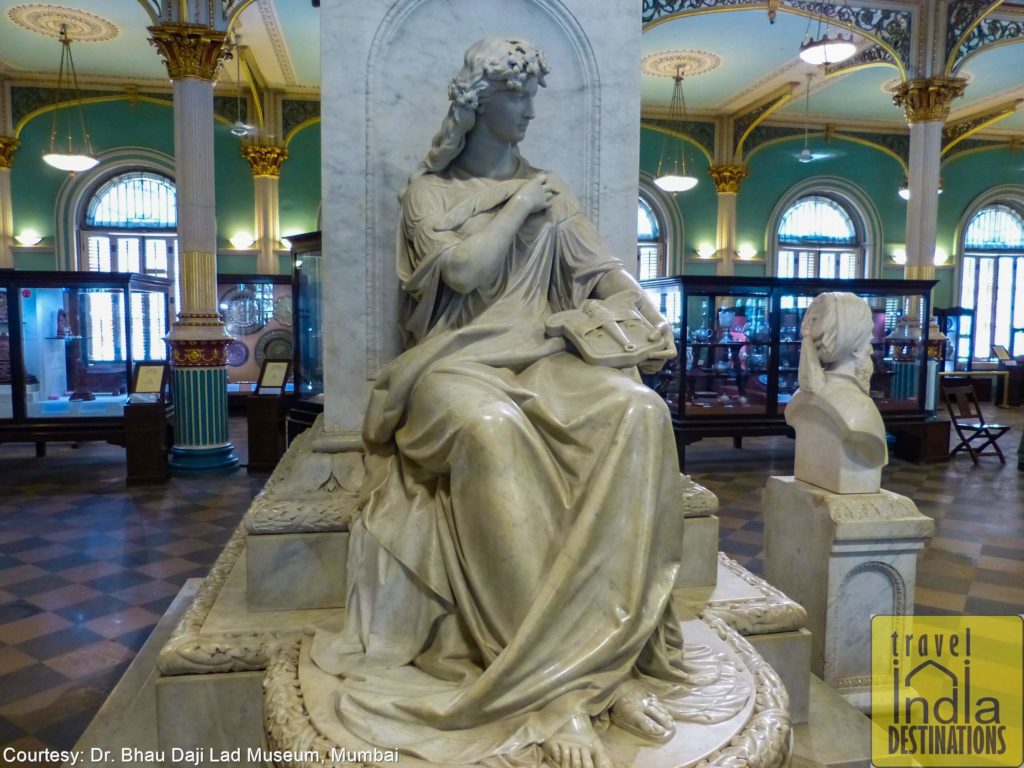
Dedicated for the love of Science
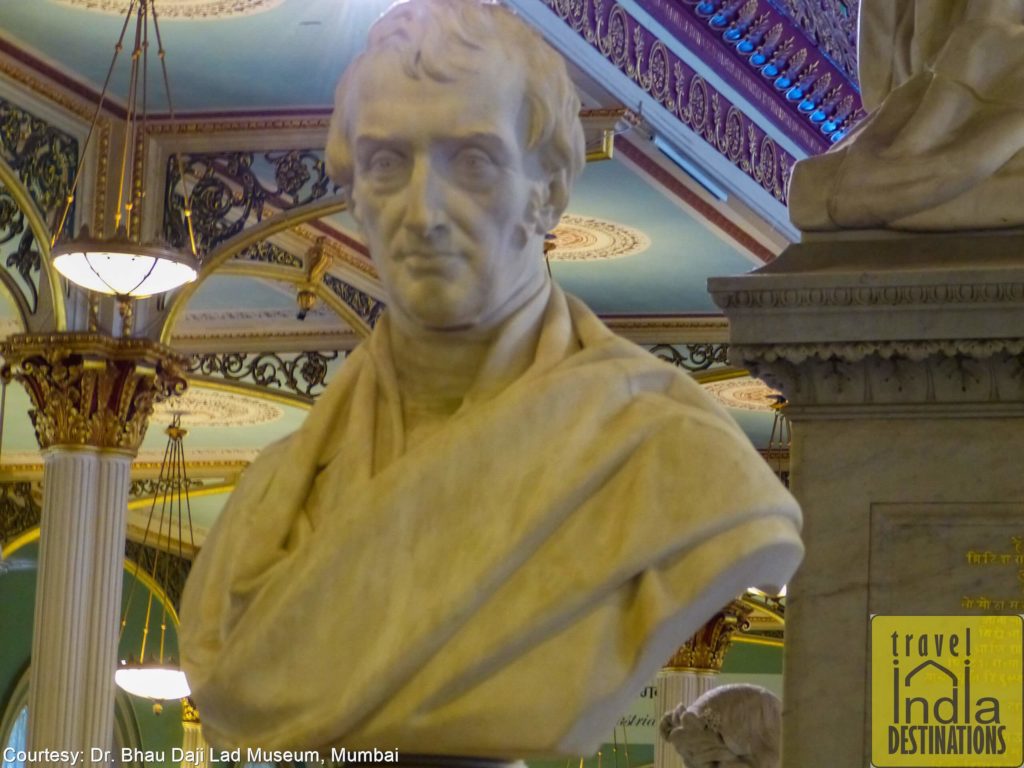
A bust of Monstuart Elphinstone Governor of Bombay
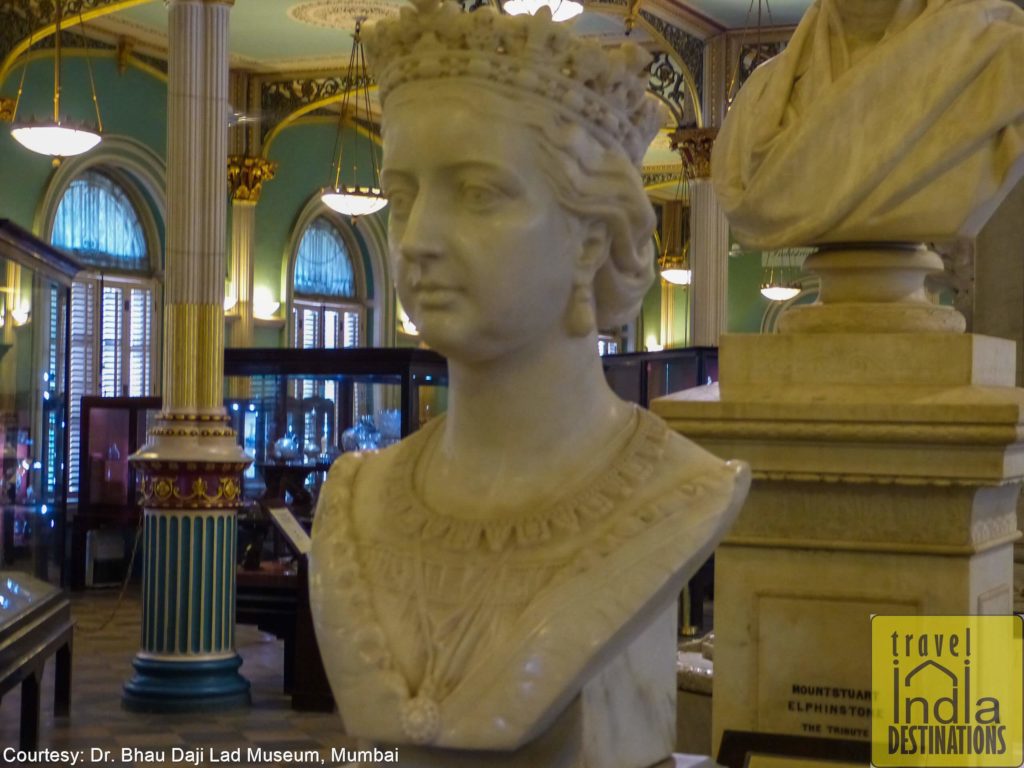
A bust of Queen Elizabeth
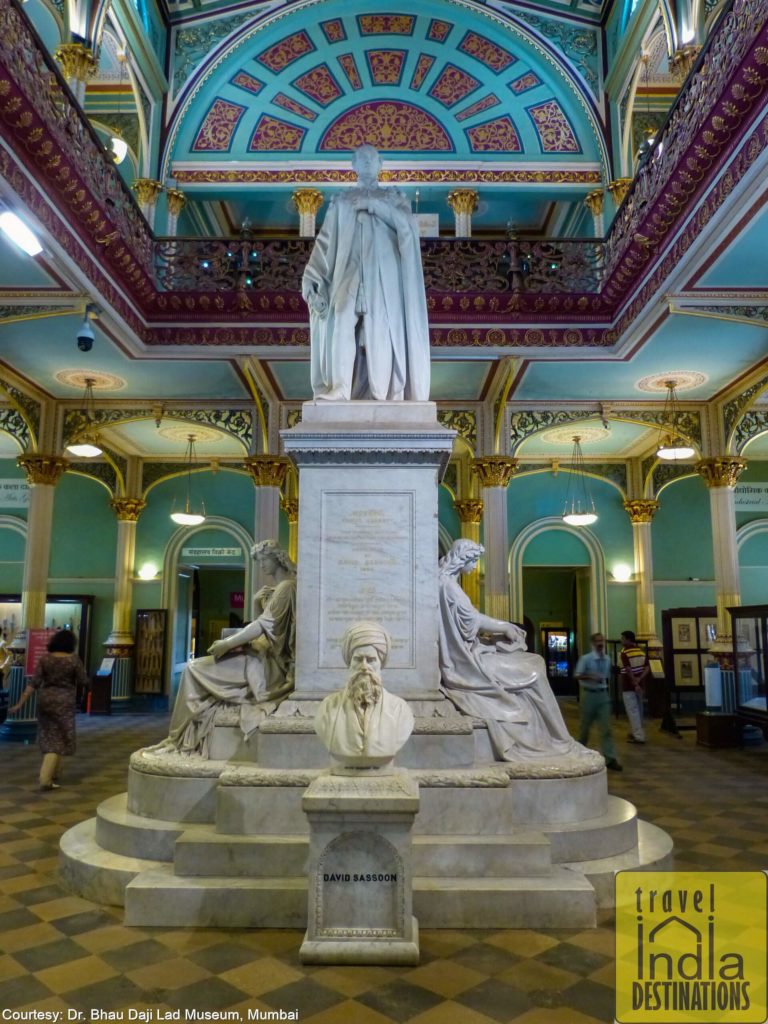
Prince Albert with Arts and Science and a bust of David Sassoon.
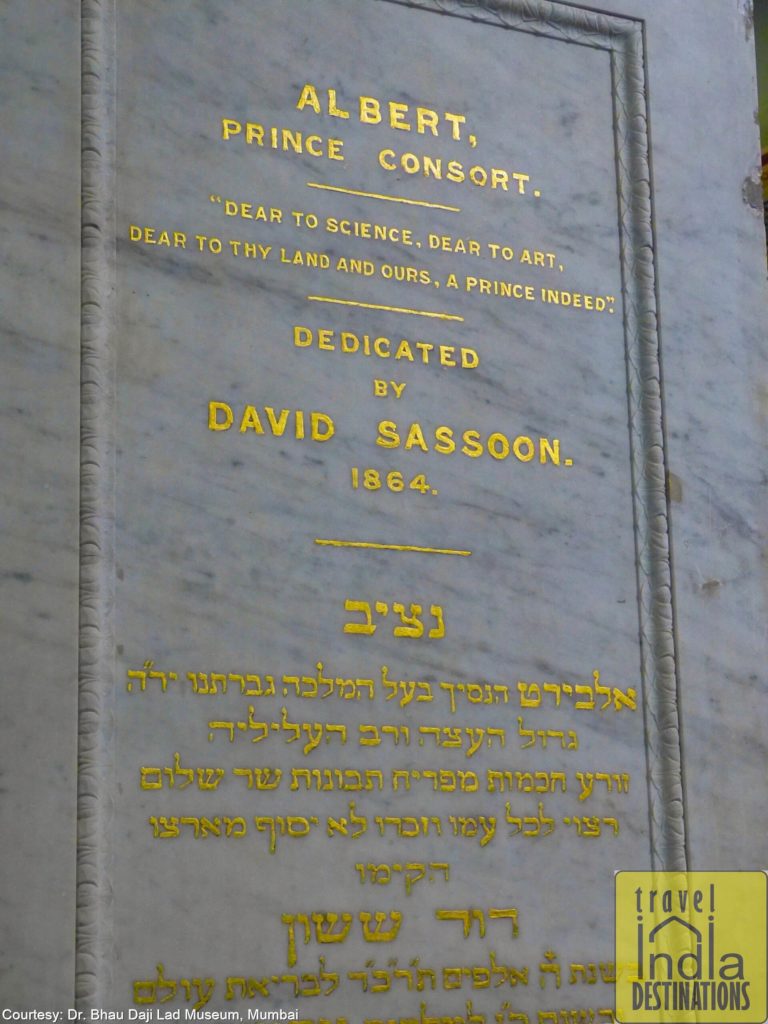
David Sassoon did contribute to this museum as well
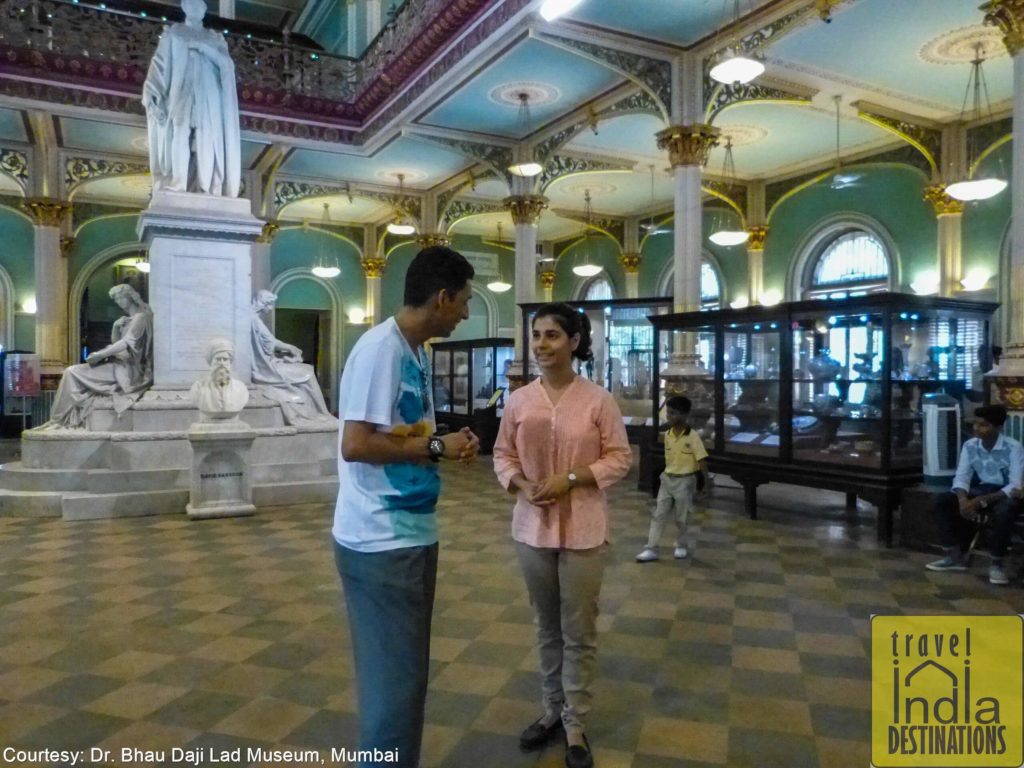
An informative conversation with an intern at the museum.
10 comments
This is a great post, Sharukh. I love the museum. Most museums I am familiar with are somewhat blah, depending on the exhibit to add life and color. This museum is bright and colorful and interesting on its own merit. I enjoyed this quick tour and I look forward to the future visits.
I’m glad you loved it. I didn’t say it in the post but I am saying it here that to some extent you influenced me to do this post. The next post is gonna be better than this for sure. At least for history people like you and me.
Sharukh, the long hall of the museum is gorgeous! I think I would be standing in stunned silence if present. Thanks for taking me on a tour of the museum and providing some pertinent history. I enjoyed it!
I’m glad that you enjoyed the tour, Mary. When we stepped in believe me I and Sarah were just stunned by the beauty and architecture all around. Since we were early visitors there were just a few people around and it was so quiet and relaxing. We had all the time in the world to take pictures, read information, explore the artefacts and even talk to the employees. We were at the museum until noon as we also explored other areas of the museum which will come up in the next part. Be prepared for the second tour of this museum. It just gets better and better.
Such a fabulous post. I loved the shots and all the information you shared. Add to it, the information about Mumbai that you shared in the beginning of the post was really good. Such a colorful musuem and you took us all on a virtual tour.
I’m glad that you enjoyed the virtual tour of the museum. However, let me tell you that the tour is far from over. So far I have covered only the ground floor. Coming up next is the tour of the first floor and then the open spaces of the museum. Stay tuned, Parul.
I did like this post 🙂
Beautiful, regal structure with happy color and fabulous lamp posts! Thanks for the tour — some wonderful things in there — I really loved the shell, the fish, and the dioramas.
I’m glad you loved it. There’s more to come soon.
Such a bright and colorful museum! Loved this post, Sharukh!
Thanks, Damyanti. I hope you also like the Part 2 and 3 of the series which is a follow through of the museum tour.